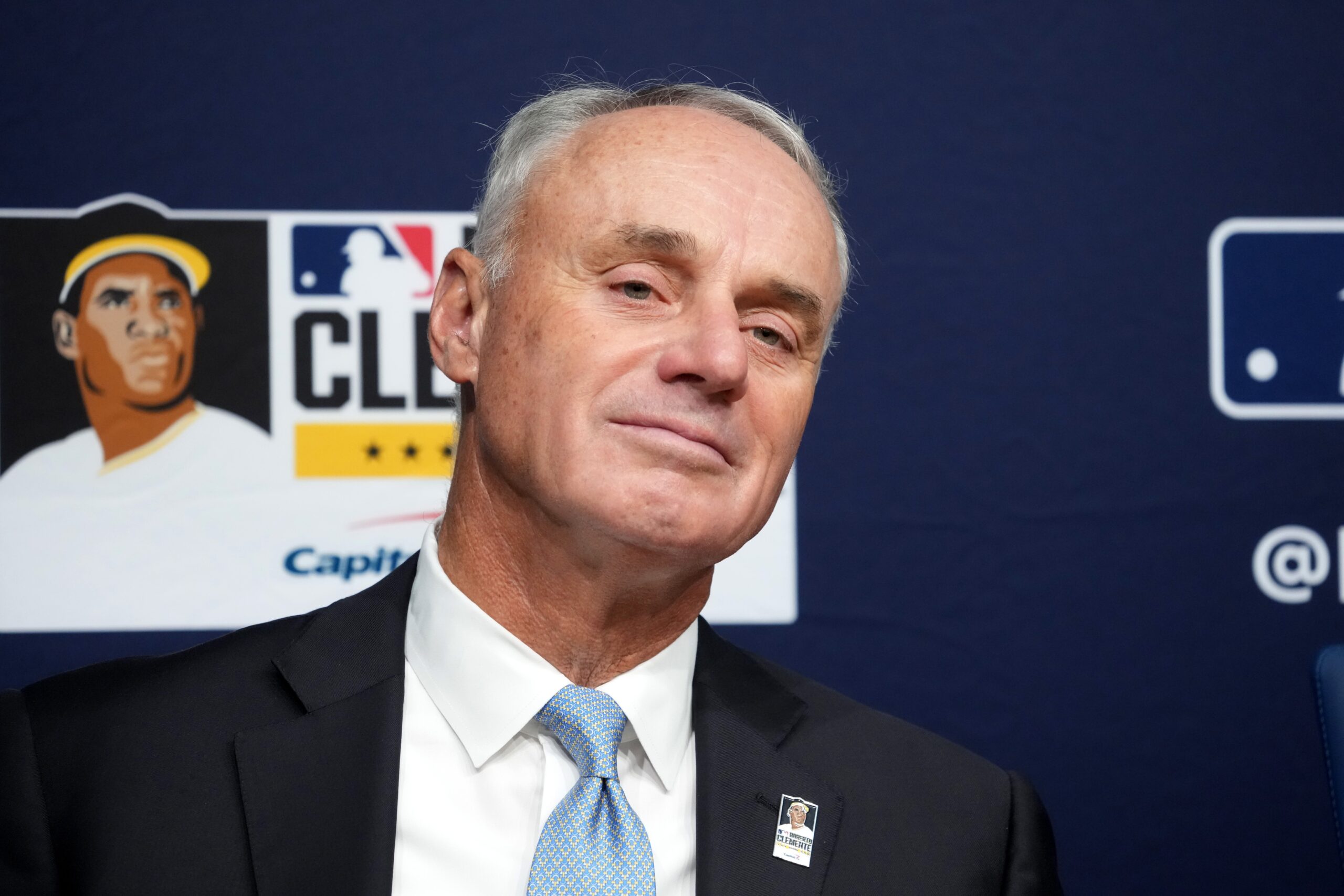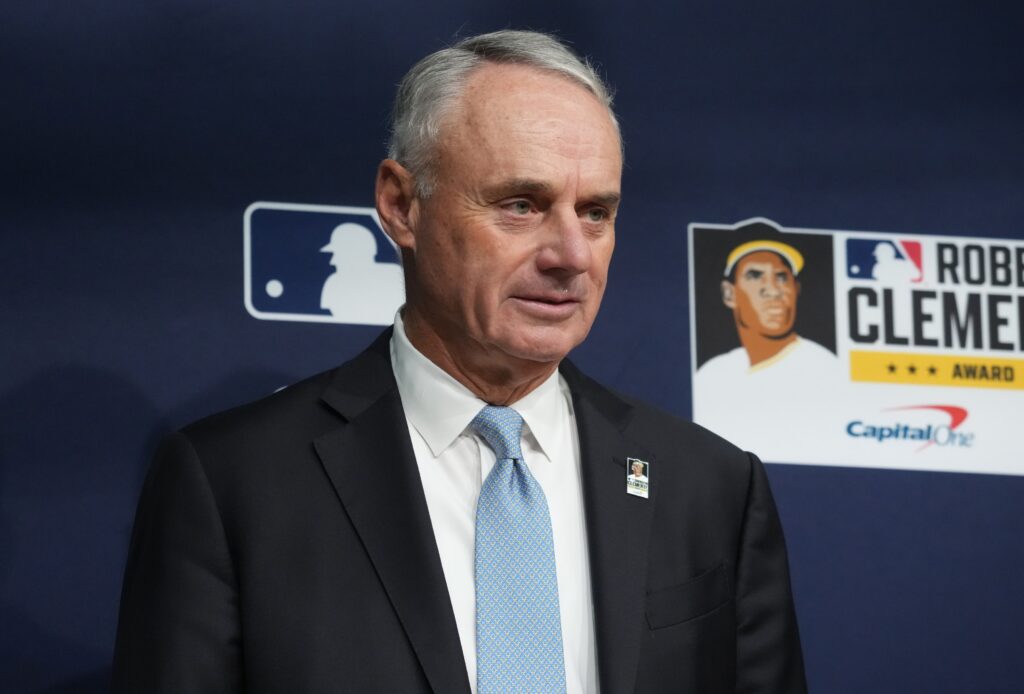
The MLB is stepping up to the plate with a dramatically reshaped media future, and it’s no longer just ESPN in the batter’s box. In a sweeping new television deal set to begin in 2026, NBC/Peacock and Netflix have secured major portions of baseball’s most coveted content. For fans, it marks the end of an era and the beginning of a new era, and potentially a more fragmented way to watch the national pastime.
NBC Returns to Baseball in a Big Way
According to reports, NBC/Peacock is taking over the prized “Sunday Night Baseball” slot, a fixture on ESPN for 36 years, and will also broadcast the first round of the playoffs. It’s a bold move, both symbolic and strategic, placing baseball’s marquee weekly game alongside NBC’s already popular “Sunday Night Football.” The price tag? A reported $200 million per year, totaling $600 million over the life of the deal. Peacock, which recently gained 42 million new subscribers, is clearly betting big on live sports as a cornerstone of its future.
Netflix Dips Its Toes into Live Sports

In an equally unexpected twist, Netflix will now enter the sports world with exclusive rights to three of baseball’s standout events: the Home Run Derby, the Field of Dreams game, and Opening Day’s prime-time showcase. The streaming giant is putting down $150 million over three years, its first major foray into live sports content, signaling a potential shift in how Netflix sees its role in the ever-competitive streaming wars.
But while this deal brings more platforms into the fold, it may bring more headaches for viewers. ESPN, once the home of a robust MLB package, has seen its role reduced to streaming out-of-market games and select in-market rights. Their decision to opt out of the final years of their MLB contract earlier this year marked a turning point.
For MLB Fans, a More Expensive and Complicated Viewing Experience
For consumers, the landscape is changing, and not necessarily for the better. Although Peacock’s subscriber bump suggests a broader reach, nearly 17% of Americans still don’t subscribe to any streaming services, according to Pew Research. That’s a significant blind spot for a sport already grappling with generational shifts in viewership habits.
Furthermore, recent tensions between streaming services and providers hint at future complications. ESPN and YouTube TV’s public standoff left 10 million viewers in the dark during critical sports programming. Peacock faced a similar near-crisis in October. These disputes, often about distribution and fees, underline the fragility of these streaming arrangements.
Then there’s the cost. Once seen as the cheaper alternative to cable, streaming prices have surged. Netflix’s premium plan is now $25 per month. Peacock costs $14 per month, and ESPN+ costs $30. Add them up, and fans chasing live sports across platforms may find themselves spending more than they ever did on traditional cable packages.
In sum, Major League Baseball’s latest media deal brings a fresh lineup of partners to the field. But the game of watching baseball is quickly becoming more complex, more expensive, and more dependent on digital access than ever before. As the sport courts new platforms and audiences, the challenge will be ensuring fans can still follow the game without striking out on affordability and accessibility.



